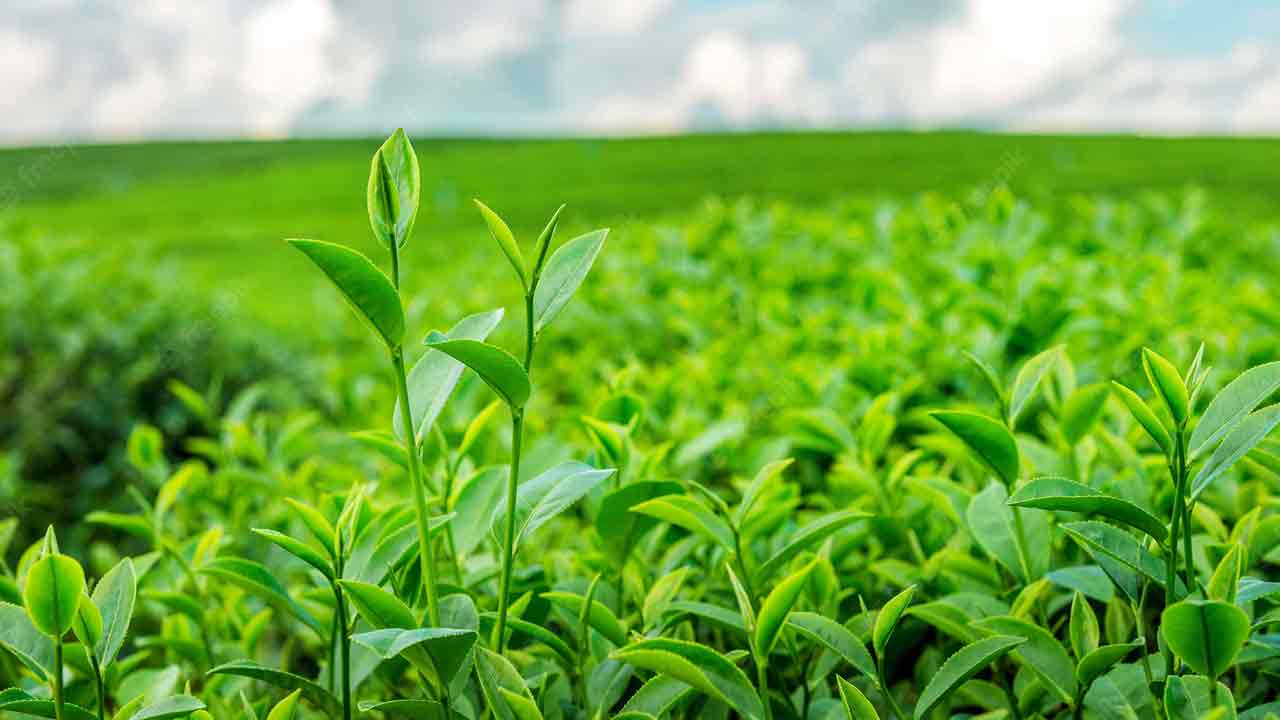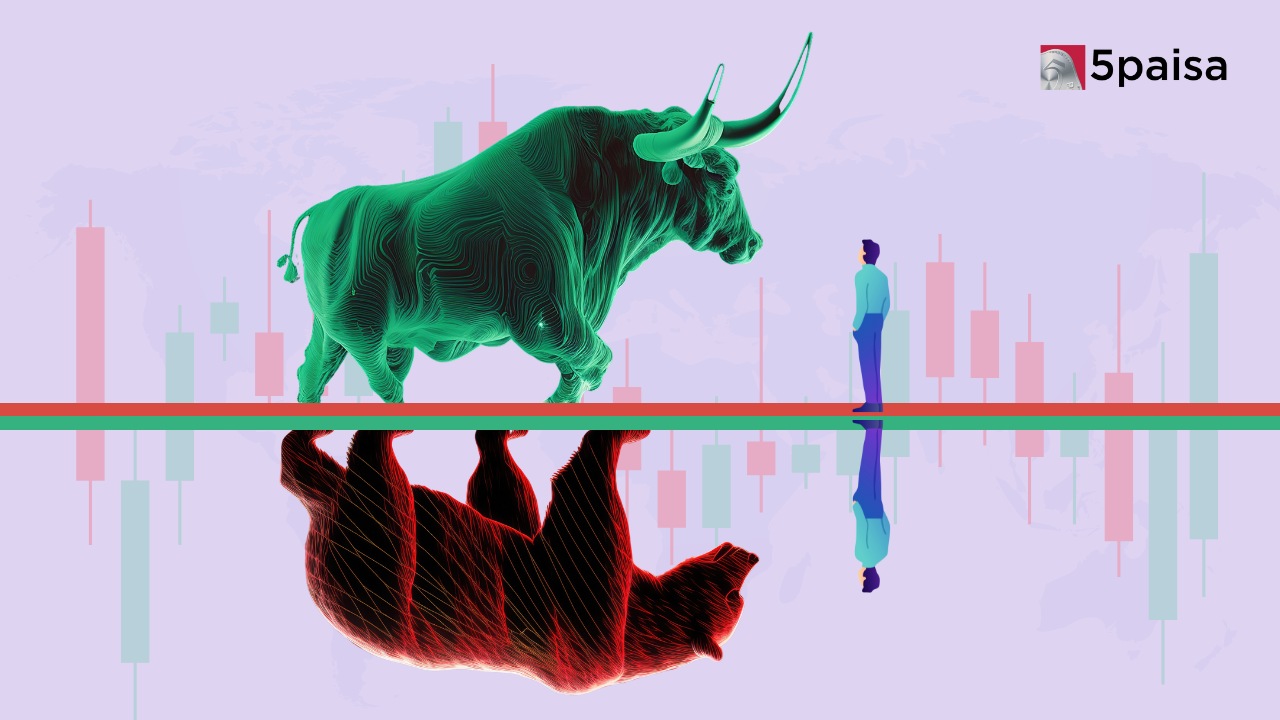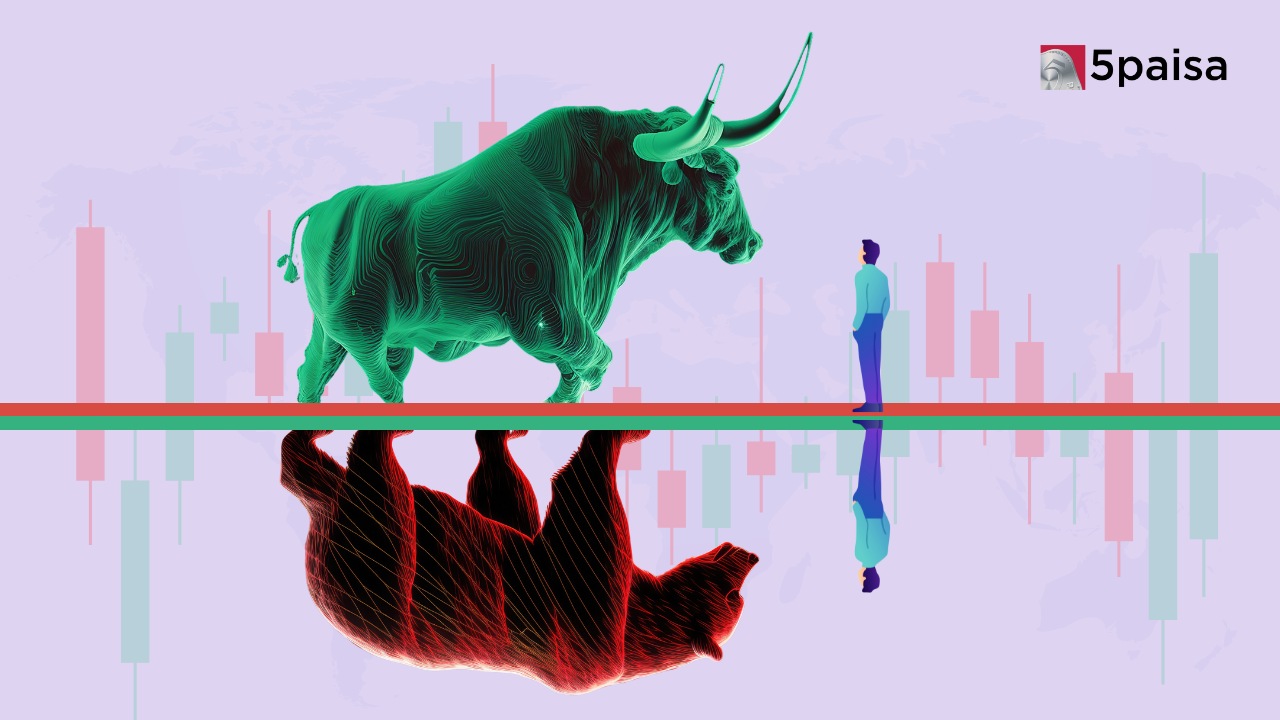Agriculture Sector: A lucrative harvest ahead

Last Updated: 16th December 2022 - 09:48 am
One of the most sought sectors that appears to be underutilised in terms of technology in recent years is agriculture.
With 18% of the global population, India is the second-most populated nation in the world. As the population has risen, so has the need for a wide range of agricultural products. In addition to being the world's second-biggest producer of wheat, rice, fruits and vegetables, sugarcane, cotton, and oilseeds, India is the world's largest producer of spices, pulses, milk, tea, cashew, and jute. The fourth-largest producer of agrochemicals in the world is now India.
The export of processed foods is aided by its favourable geographic location and proximity to nations that import food. It is also a prominent manufacturer of farm equipment like tractors, harvesters, and tillers, accounting for nearly one-third of global tractor output. The agriculture industry has profited from the growth of contract farming as well. By encouraging private sector investment in agriculture, contract farming relieves the pressure on the national and state procurement systems.
Additionally, it increases the chances for farmers to learn about cutting-edge agricultural mechanisation. The emergence of modern retail has also been a key force in the agriculture industry. Modern retailing helps to eliminate intermediaries in the distribution system, allowing farmers to be paid more. Farmers can earn more money by selling their goods directly to modern organised retail networks through organised retail than they would at small-scale neighbourhood vegetable markets.
Outlook
One of the most sought sectors that appears to be underutilised in terms of technology in recent years is agriculture. This has resulted in an influx of agritech start-ups. By 2025, the agritech industry is anticipated to reach a market size of USD 30 to 35 billion, according to a recent study by Bain & Company. These aspirations are a reflection of how new-age technology is becoming more and more integrated into the food and agriculture value chains, a trend that is being driven by the digitalization of the agricultural industry. With a Rs 10,900 crore incentive budget over six years, the government has devised a Performance Linked Incentives (PLI) scheme for the food processing industry. Additionally, programmes like Krishi UDAN 2.0 offer assistance and incentives for the air delivery of agricultural goods.
The Union Budget 2021-22 includes Rs 4,000 crore for the Pradhan Mantri Krishi Sinchayee Yojana (PMKSY-PDMC). By 2025–2026, it is predicted that government initiatives like the Pradhan Mantri Kisan Sampada Yojna and planned infrastructure costing a trillion dollars would increase India's food processing sector to USD 535 billion. The processed food industry in India is expected to grow from Rs 19.31 lakh crore in FY20 to Rs 34.51 lakh crore by FY25. Food demand has increased as per capita income has risen dramatically. The GDP per capita in India is expected to climb to USD 3,277 by FY24, up from USD 2,036 in FY18.
Additionally, it is anticipated that India would overtake the United States as the third-largest packaged food market globally. Following the various stages of economic prosperity, demand has migrated away from carbohydrate and meat products and toward convenience foods, organic, and diet foods. More than half of India's agriculture is supported by monsoon rainfall. According to the India Meteorological Department (IMD), the monsoon will be normal in 2022 and will reach 103 per cent of the long-period average (LPA).
As a result, it is highly beneficial to the business and will help to minimise rising food inflation. Furthermore, certain agricultural export prohibitions would be lifted as a result of this. Furthermore, the government has taken attempts to rely on sustainable green energy and reduce pollution. This has resulted in a rise in demand for ethanol, which is primarily produced from sugarcane. In addition, new agricultural commodities from which ethanol may be produced have been discovered, reducing dependency on sugarcane. As a result, the long-term forecast for this industry is generally positive.
Financials
As of June 2022, the total market capitalisation of the agriculture industry was Rs 2.47 lakh crore, with Adani Wilmar Ltd. contributing 36% and Tata Consumer Products Ltd. contributing 28 per cent. Apcotex Industries Ltd. did extraordinarily well year on year (FY21 to FY22), with sales, operating profit, and net profit increasing by 76.99 per cent, 96.79%, and 123.75%, respectively. Gokul Agro Resources Ltd., Uttam Sugar Mills Ltd and BCL Industries Ltd also reported triple-digit PAT and double-digit sales increases.
Furthermore, just six of the 25 businesses reported negative PAT growth. Surprisingly, roughly 36% of the enterprises had a double-digit PAT increase. In terms of revenue, 52% of agricultural enterprises reported double-digit revenue growth year on year. If we go even further into the industry, agriculture accounts for 41% of total market capitalization, followed by tea-coffee and sugar, which account for 31% and 14%, respectively. Despite having a bigger market capitalization, the agricultural business saw negative PAT growth of 82%, while the rubber industry came out on top, recording growth of 54%, followed by the sugar and solvent extraction industries, which both recorded PAT growth of 35%.
- Performance Analysis
- Nifty Predictions
- Market Trends
- Insights on Market
Trending on 5paisa
Market Outlook Related Articles
Disclaimer: Investment in securities market are subject to market risks, read all the related documents carefully before investing. For detailed disclaimer please Click here.
 5paisa Research Team
5paisa Research Team
 Sachin Gupta
Sachin Gupta




